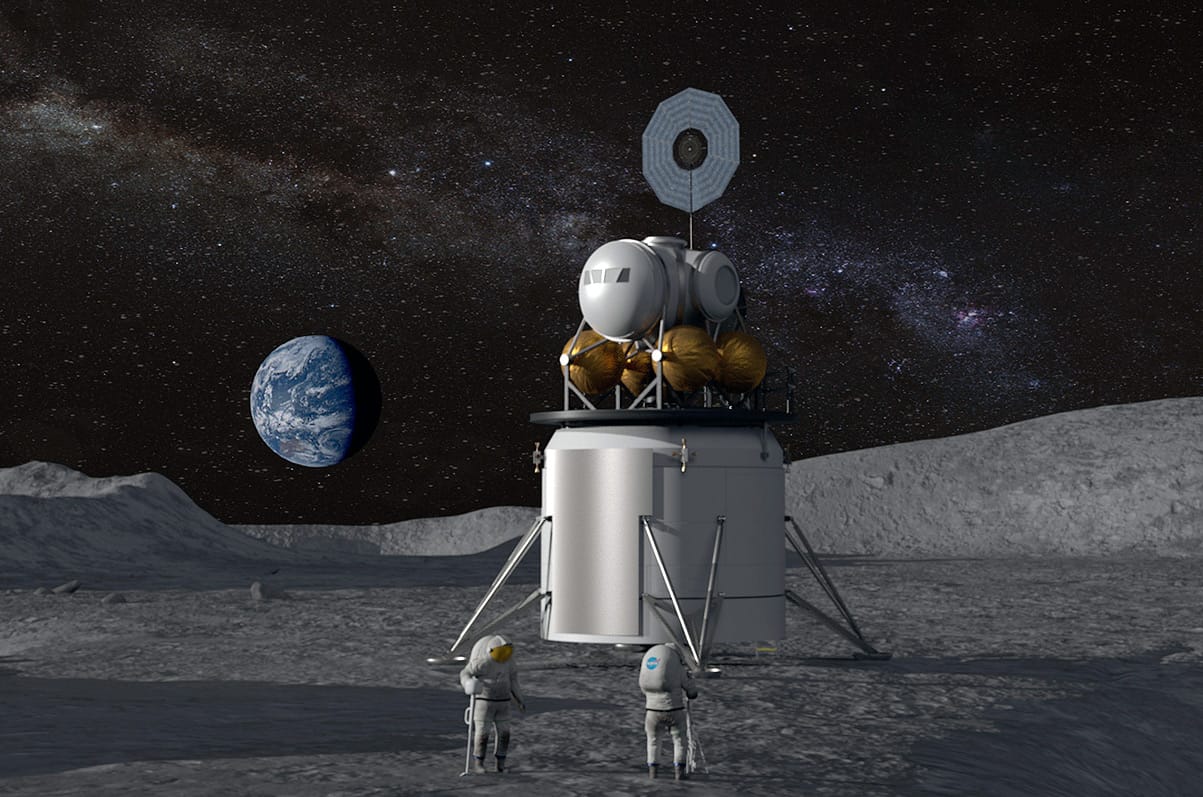Recent scientific investigations have yielded significant findings regarding what many experts now classify as Earth’s eighth continent, Zealandia. This previously elusive landmass has long been a subject of debate among geologists regarding its classification. Geographically situated in the southwest Pacific region, Zealandia has an estimated area of approximately 4.9 million square kilometers, yet about 93 percent of its landmass is submerged beneath the ocean. The confirmation of Zealandia’s status as a continent was cemented through extensive geological research and collaborative studies by geologists and geophysicists.
For decades, Zealandia was considered a series of islands rather than an independent continent, primarily because of the predominance of oceanic waters over its landmass. The argument for Zealandia’s status hinged upon various geological features that are consistent with continental formation, such as its elevation, crust thickness, and the distinctive geological history it possesses. Recent studies initiated by a group of researchers from New Zealand and their international counterparts proposed criteria that are necessary for a landmass to be classed as a continent. These criteria include factors like crust thickness, geological age, and topographic distinction, all of which were assessed in the case of Zealandia.
One of the pivotal studies highlighting Zealandia’s geological integrity involved analyzing the crustal structure beneath the continent using advanced seismic imaging techniques. The results derived from this study indicated that Zealandia possesses a distinct crust that is thicker and supports the characteristics of continental crust rather than that of typical oceanic crust. These findings reinforce the notion that Zealandia is not merely a series of islands but rather an extensive underwater continent, providing a crucial addition to the traditional models of Earth’s geology.
In addition to uncovering Zealandia’s geographic presence, scientists have been able to gather crucial geological history associated with this submerged landmass. Geological records from sediment cores taken from the seafloor reveal that Zealandia was once part of the supercontinent Gondwana, which also included present-day Antarctica, Australia, and South America. This shared lineage helps researchers understand the complex movements of tectonic plates, which ultimately led to Zealandia’s partial submergence.
The geological features of Zealandia exhibit richness in biodiversity and an array of unique ecosystems. Preliminary studies have suggested that the flora and fauna found in Zealandia are markedly different from those in the surrounding islands. As biodiversity is increasingly threatened due to climate change and human activity, understanding Zealandia’s unique ecosystems is imperative for conservation efforts. This revelation could lead to international collaborations focused on preserving the natural habitats and endemic species that call Zealandia home.
The announcement of Zealandia as Earth’s eighth continent has spurred interest in further academic exploration and research in the region. Scientists emphasize the importance of multi-disciplinary approaches in shedding light on the geological intricacies of Zealandia. Enhanced mapping technologies and ongoing oceanographic studies are critical to revealing the remaining mysteries surrounding this submerged continent. As researchers continue to explore Zealandia’s topography and subterranean resources, questions regarding its potential economic significance arise. The possibility of discovering valuable mineral deposits, along with the continual mapping of marine resources, propels Zealandia into discussions about sustainability and responsible natural resource management.
Moreover, Zealandia’s confirmed status offers new insights into the dynamics of plate tectonics and continental drift. In light of ongoing discussions surrounding the implications of climate change and sea-level rise, understanding Zealandia’s geological framework may serve as a case study for other submerged regions around the globe. As sea levels rise, many landmasses risk submerging, similar to the situation facing Zealandia, prompting broader concerns around climate resilience and adaptation strategies.
The designation of Zealandia as the world’s eighth continent holds significant implications for geological sciences, climate research, and biodiversity conservation. By delving deeper into the sediments, rock formations, and ecosystem dynamics of Zealandia, scientists are advocating for a broadened perspective on the concept of continents. The ongoing discourse suggests a need to reevaluate geological classifications to encompass underwater landmasses, thereby expanding our comprehensive understanding of Earth’s geological history and formations.
The road ahead, filled with ambitious research projects and expeditions, highlights the synergy between academia and technology in enhancing our knowledge of Earth’s features. Zealandia stands not only as a scientific marvel but as a testament to human curiosity and the relentless pursuit of knowledge about our planet. As scientists work collaboratively to validate and explore existing findings, Zealandia emerges as a focal point in further understanding Earth’s geological complexities and environmental challenges. This enhanced awareness of Zealandia serves as a reminder of the ongoing scientific journey and the revelations that await in the depths of our oceans.



